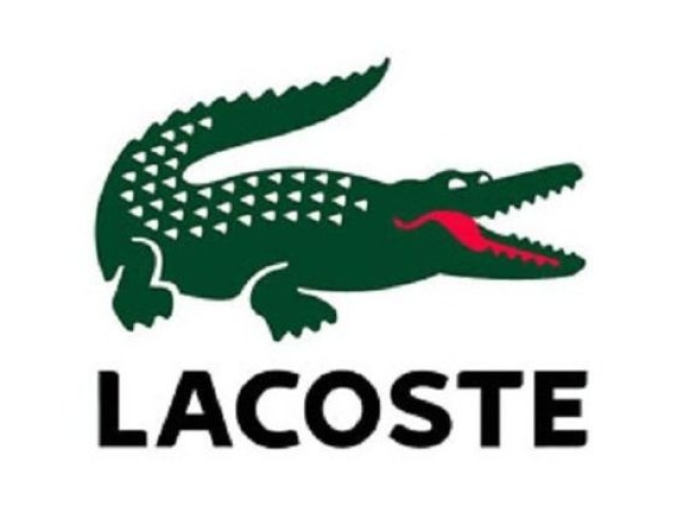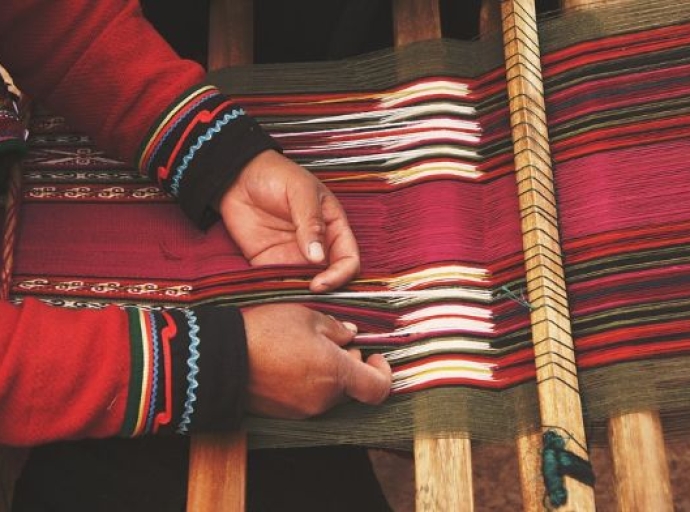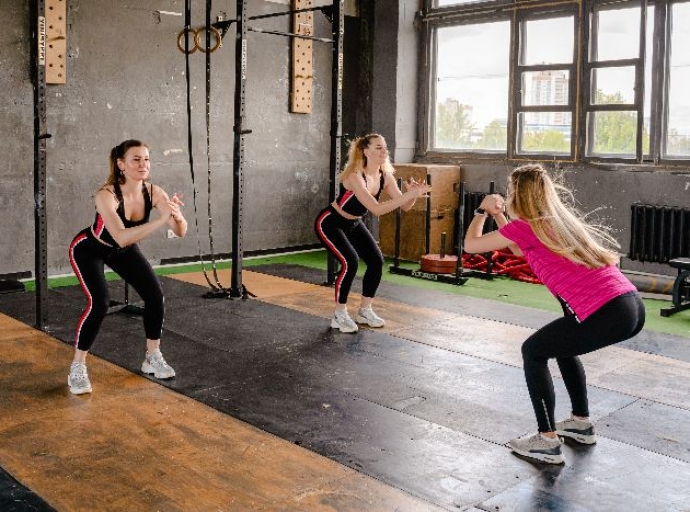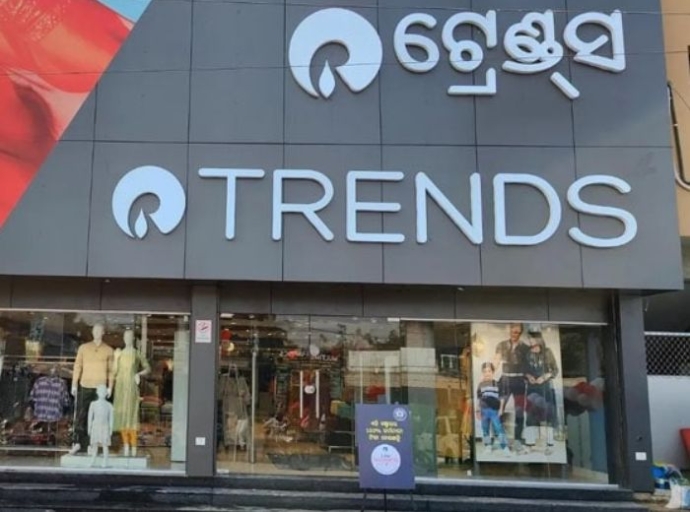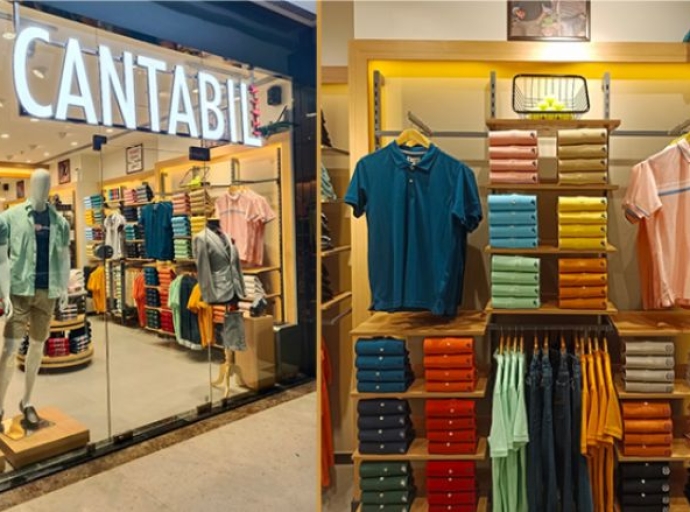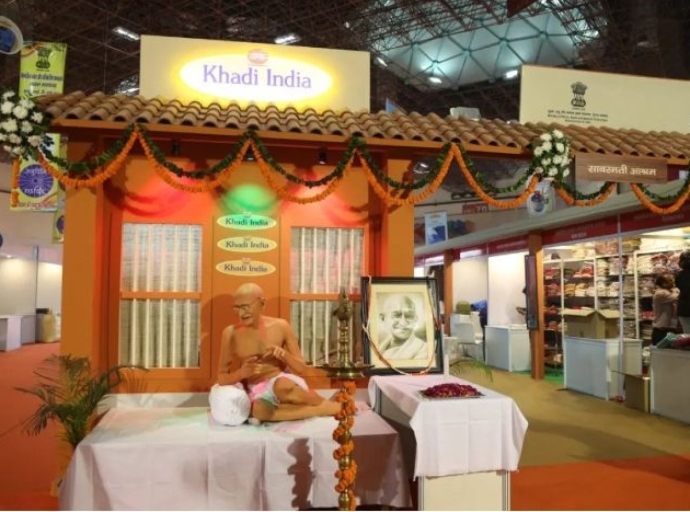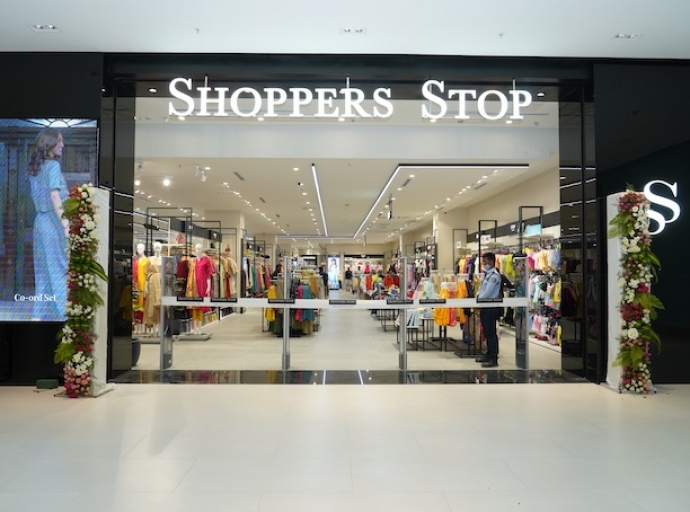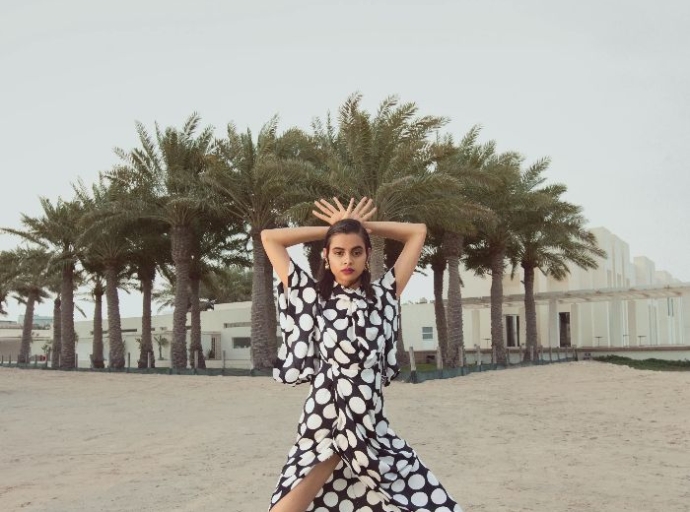29 March 2023, Mumbai
Wellness has crossed over from an individual’s lifestyle choice to a booming industry worldwide. The two-year-long lockdown made the world a bit more philosophical as people raised lifestyle issues like personal space, work-life balance, and most importantly holistic well-being.
Prior to the pandemic, the ball had already started rolling as growing consumer awareness, increasing disposable incomes and a desire among millennials to elevate their lifestyle to healthier living had turned the wellness bandwagon corporates worldwide were jumping on to.
One of the fastest growing sectors, the global wellness industry today stands at a whopping $4.2 trillion. In India, the land of yoga and Ayurveda, the sector has clocked in a value of Rs 490 billion.
Benefits for sportswear brands
As per Statista, at the end of 2022, the global sportswear sector was valued at around $319.4 billion and is projected to grow at a healthy compounded annual growth rate of 6.6 percent until 2028.
The reason why sportswear brands are branching out into activewear and athleisure collections is simple when observing how consumers want to spend.
Euromonitor’s 2022 lifestyle survey highlighted, 61 percent of professionals consider a healthy lifestyle one of their top two priorities and show their clothing preferences are less formal, more comfortable, and relaxed and stylish – a significant promise right there for sportswear brands pushing activewear and athleisure.
VIEW FOR MORE
The same report listed India, China, Japan, South Korea, Mexico, the UK, the US, Canada, Germany, and France as the top 10 countries that have seen an increase in physical activities between 2019 and 2022.
In the US, Target’s activewear brand All in Motion hit $1 billion in sales one year after launching. As per Business Wire, the 10 brands that have gained the most in 2022 from the activewear and athleisure categories are adidas AG, American Eagle Outfitters, Columbia Sportswear, H&M, Lululemon Athletica, Nike, PUMA, Gap, Under Armour and VF Corp.
In India, the biggest retail giant, Reliance Retail is expanding the presence of its high-performance and technologically advanced activewear brand ‘Performax’ through exclusive brand outlets (EBOs) at Reliance Retail’s fashion and lifestyle stores and digital platforms as well as in multi-brand outlets. It already has a presence across over 1,000 stores in 330+ cities.
Just six months back, Van Heusen of Aditya Birla Fashion and Retail (ABFRL), a premium lifestyle brand for professionals, entered into the activewear category and launched a new sub-brand Flex.
Luxe athleisure is the fastest-growing fashion category
Modern affluent consumers want more premium fashion choices to be both comfortable and stylish which explains why luxe athleisure is the fastest-growing clothing category in fashion, driven by wellness aspirations and celebrity endorsement on social media.
The luxury wellness economy is booming. Wellness has evolved from an isolated lifestyle choice of a few to a new status symbol and an expression of personal values that spans all sectors – from luxury travel to prestige beauty and high-end fitness.
And of course, athleisure wear to express it all. Luxury fashion and athletic wear are no longer two distinct worlds but a collaboration of chic comfort. The global activewear market is expected to reach nearly $547 billion by 2024, according to Allied Market Research and luxe athleisure will grow at a CAGR of 6.6 percent.
Latest Textile Events

